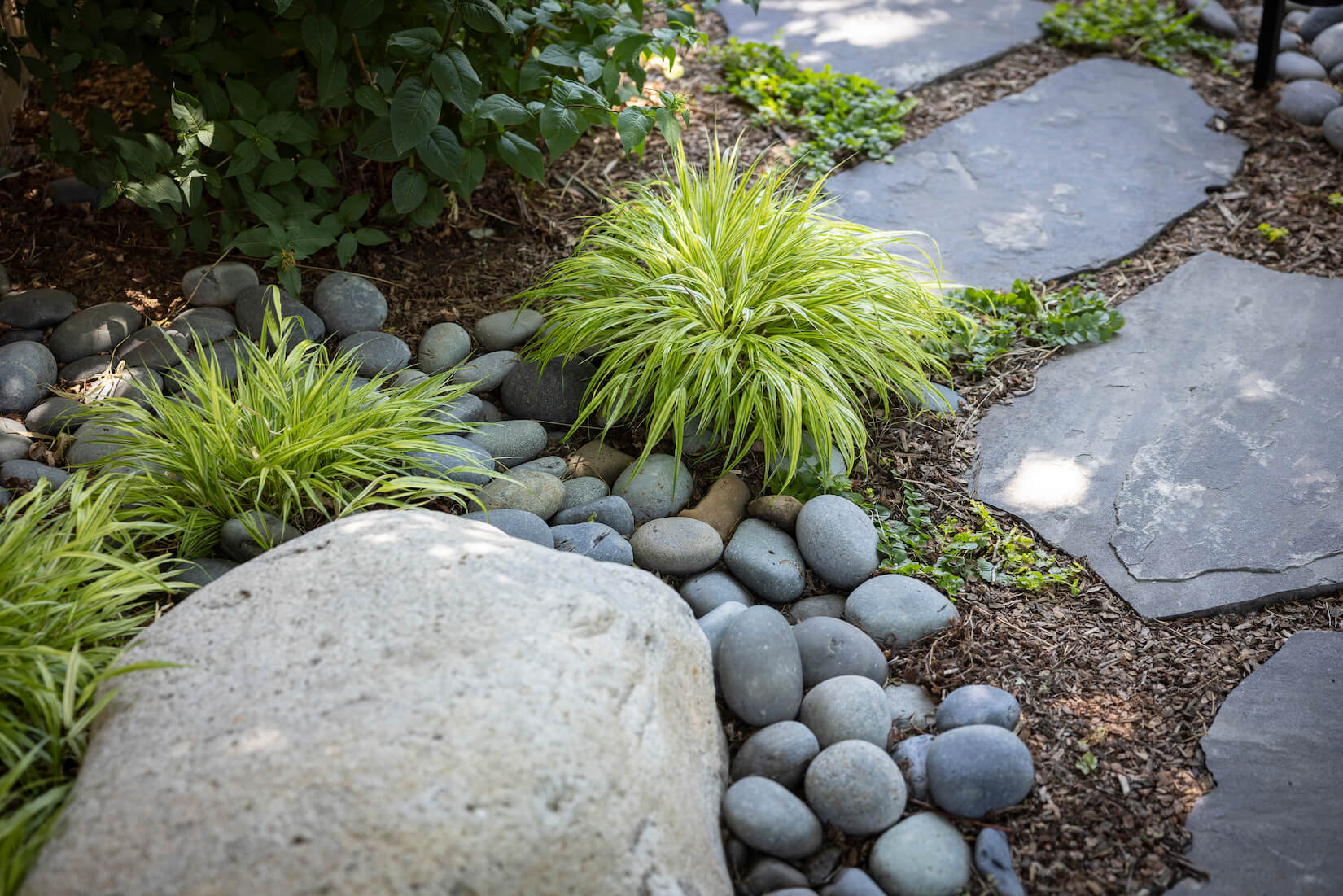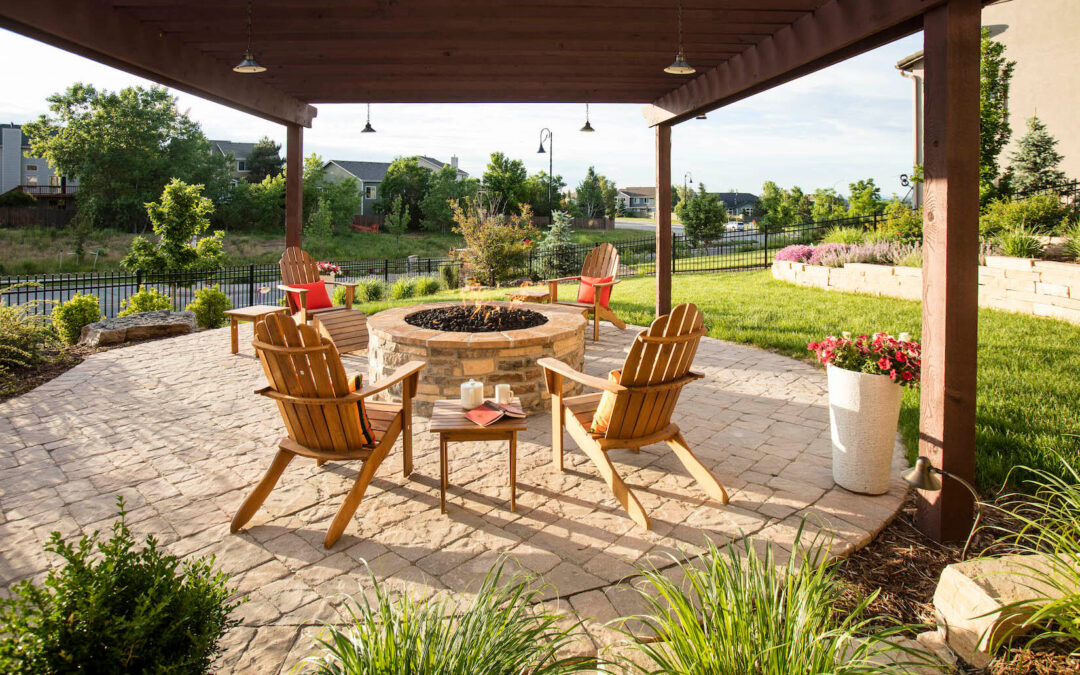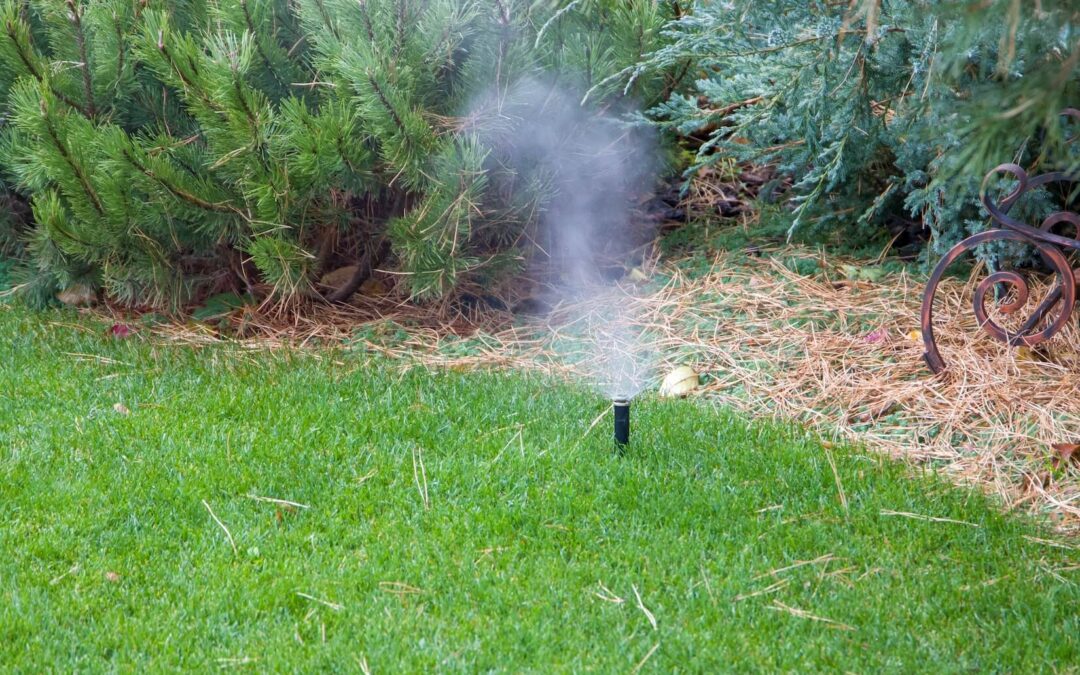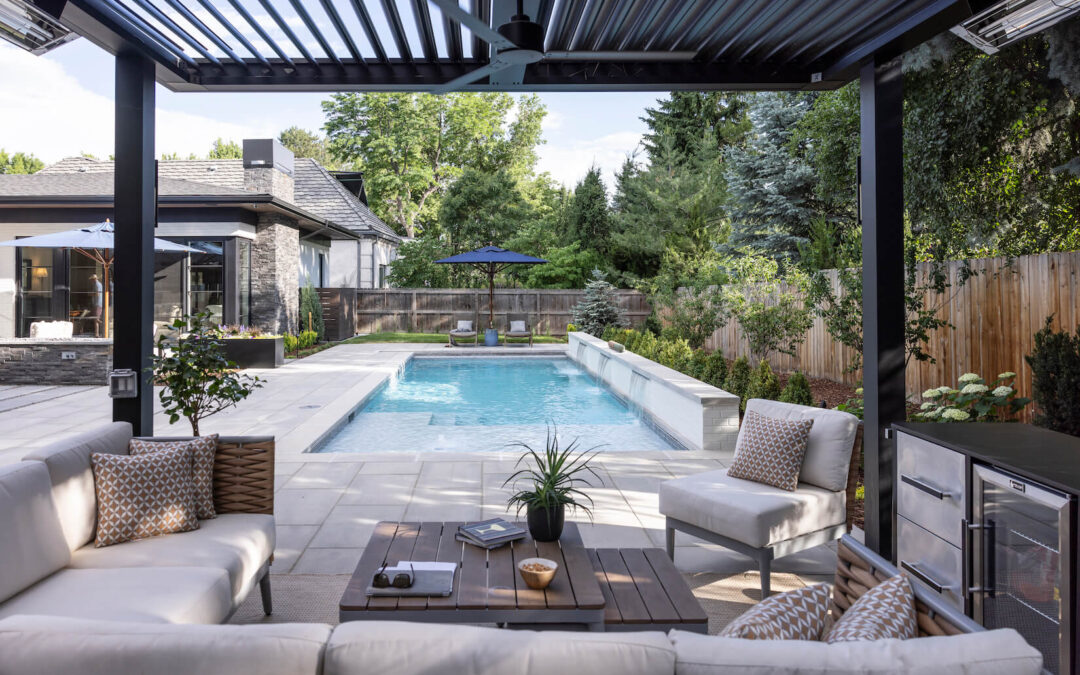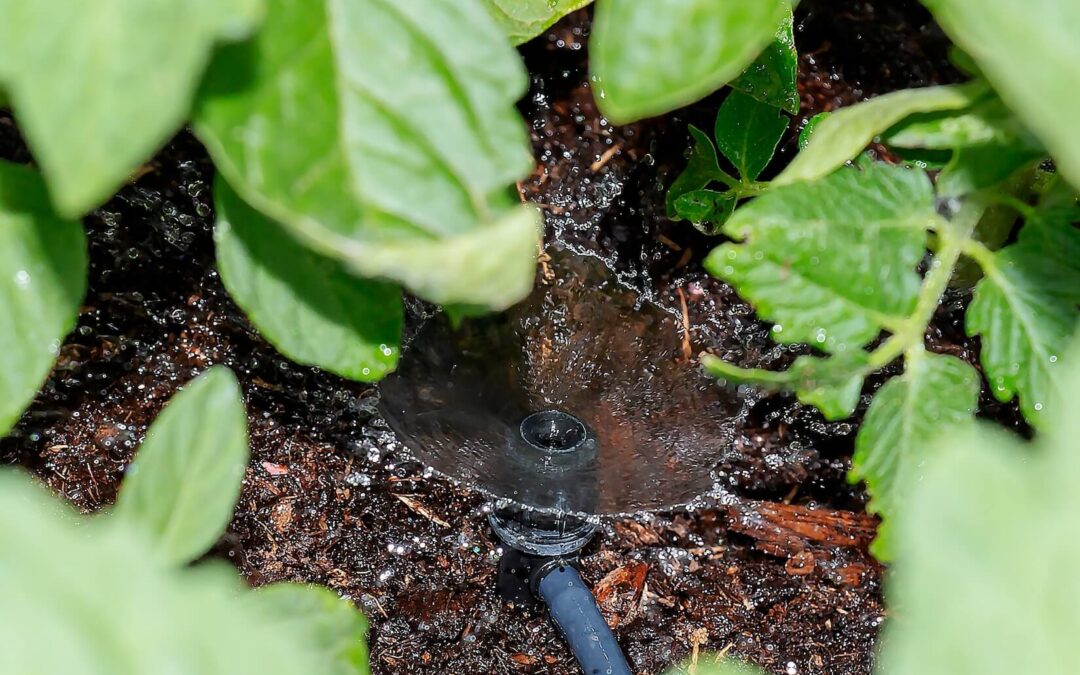Knowing when and how often to water your garden can be tricky, especially if you’re new to gardening. Trees, shrubs, flowers, and vegetables all absorb moisture through their roots, which are hidden beneath the surface. Because the roots are underground, it’s not always easy to tell whether the soil is holding enough moisture where it matters.
Consequently, gardeners often have to rely on the plant’s appearance above the soil for clues unless they have an automatic, timed irrigation system installed to do the work for them.
In this guide, we’ll review the signals your plants and veggies give you, showing signs that they need watering.
Why Garden Watering Isn’t One-Size-Fits-All
There are no watering guidelines that incorporate every plant at any time. The truth is, knowing when to water your plants depends on several factors:
- Plant Type: Some plants require more frequent watering than others. For example, drought-tolerant varieties like cacti need far less water than moisture-loving plants like ferns, which thrive with consistent hydration.
- Weather: Depending on the weather (sunshine, rain, drought), your garden will need more or less water. For example, if it’s been raining, your plants likely won’t need watering.
- Drainage: Drainage plays a significant role in how often you need to water your garden, and it can be hard to assess since most of it happens underground. A good rule of thumb is that you don’t need to water if the soil feels wet or spongy. Some soils naturally drain better than others; for instance, sandy or rocky soil drains much more efficiently than heavy clay soil.
- Sun Exposure: If your garden receives full sun for most of the day, water will evaporate more quickly than it would in a shadier spot. To conserve moisture, it’s best to water early in the morning when the sun is less intense and evaporation is minimal.
Every garden is unique, so it’s essential to assess your space when determining how often to water. Consider all the factors — sun exposure, soil type, plant variety, and drainage — to create a suitable watering schedule for your garden’s needs.
Watering Guidelines by Season
Your plants’ watering needs also change for each season. Here are some general guidelines for the seasonal changes:
- Spring: As plants return to life in spring, they need plenty of sunshine and water to grow. Aim to water your garden deeply two to three times weekly to reach the roots. However, since spring often brings more rainfall, skip watering after it rains and allow the soil to dry out slightly before watering again.
- Summer: The increased temperatures mean you must water your garden more often. However, water can evaporate up to 50% when your garden is exposed to sun, heat, and wind. The remedy is to water your garden early in the morning when evaporation rates are much lower.
- Fall: As temperatures drop, taper off the amount you water your garden. Water less frequently and remove leaves and other debris from your soil, which can block water from reaching the roots.
- Winter watering is essential in Colorado’s dry climate. Because the state often experiences extended dry spells between snowstorms, watering your garden, especially evergreens, is necessary during warmer, drier periods. If your landscape is exposed or windy, aim to water deeply once or twice a month throughout the winter to prevent cold-weather drought stress.
While there are general guidelines for watering your garden, seasonal conditions often overlap, especially between summer and fall. Extended hot, dry periods in the fall may require additional watering beyond the usual rules of thumb, so staying flexible and responsive to your garden’s needs is essential.
Best Time of Day to Water Your Garden
Knowing the best time of day to water can make the difference between a thriving garden and one that struggles. Below are key watering times and how they affect your plants:
- Morning: Morning is the best time to water, before the sun gets too strong and temperatures rise. In the cool morning hours, plants can absorb moisture more efficiently.
- Evening: Once temperatures have cooled, you can water in the evening, but it comes with some risk. Moisture tends to sit on the leaves overnight instead of draining into the soil, creating a damp, cool environment that encourages fungal issues like powdery mildew, root rot, and leaf spot.
- Midday: Watering in midday is the worst time because it’s wasteful due to evaporation. Avoid watering midday when the sun is bright and the temperatures are high.
The goal of watering your garden is to get moisture down into the soil. A consistent morning watering schedule is optimal.
Deep Watering vs. Light Sprinkling
When watering your garden, how you water matters as much as the frequency. Here are the basic techniques of watering your garden:
- Deep Watering: Deep watering means soaking the soil thoroughly. This way, the moisture reaches several inches below the surface, where the roots need it most. This encourages deeper root growth, making plants more resilient during dry spells.
- Light Sprinkling: Only the top layer of the soil gets wet, and the water frequently evaporates, never reaching the roots. Light sprinkling makes shallow root systems more vulnerable to stress, drought, and temperature swings.
- Test the Soil Depth: To check if you’ve watered deeply enough, insert your finger into the soil or use a probe to check moisture depth.
Choosing deep watering over light sprinkling helps build a stronger, healthier garden from the roots up.
Tips for Setting Up a Smart Garden Watering Routine
Establishing a consistent watering routine is key to giving your garden the right amount of moisture it needs to stay healthy and thrive. A good routine includes the following:
- Mulch: Mulch retains soil moisture and protects your garden from the sun’s drying effects. It helps keep water in the root zone longer, reduces evaporation, and promotes healthier, more resilient plants.
- Grouping: Group plants with similar watering needs to make your garden easier to maintain. For example, avoid planting drought-tolerant cacti next to moisture-loving shrubs, as their watering requirements differ greatly.
- Drip Irrigation: A drip irrigation system delivers water slowly and steadily at the root level. This method reduces evaporation, prevents overwatering, and ensures moisture penetrates deep into the soil where it is needed most.
Setting up a watering system and schedule is the best way to keep your garden evenly watered throughout the day.
Create a Smarter Garden Watering Routine
A timed irrigation system takes the guesswork out of watering your garden by automatically delivering water at set intervals. Whether it’s early morning or late evening, a timed system, installed by C&H Landscaping in Denver, ensures your plants consistently get the right amount of moisture, without needing to remember or adjust for changing weather.
Contact us for a free consultation. One of our team members will respond. If you want to talk to someone directly, call us at (303) 988-1873. C&H Landscaping can put your mind at ease and help you set up a regular watering schedule for a healthy and thriving garden.
At C&H Landscaping, our mission is to transform everyday outdoor spaces into something extraordinary with creative designs and top-notch craftsmanship. Expert Denver landscaping services from custom design to professional installation. We offer tailored solutions that enhance curb appeal, increase property value, and bring your vision to life.

